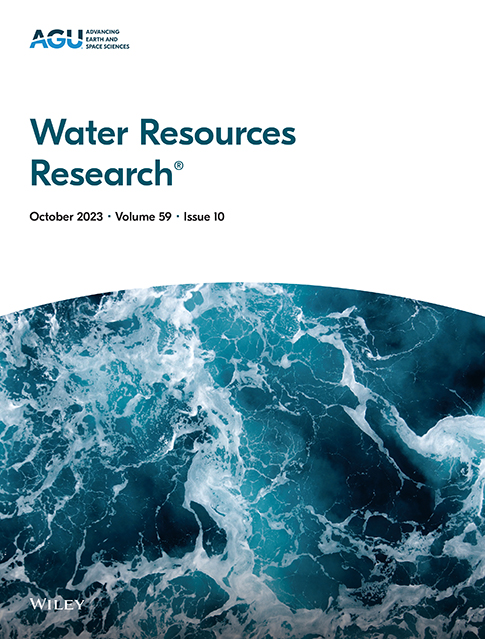WRR Publication

A new publication in Water Resources Research (Longyang and Zeng, 2024) develops a deep learning surrogate of a hydrologic model applied to the Upper Colorado River to investigate the role of vegetation variability in modifying the watershed behavior. Congratulations to authors associated with the Center for Hydrologic Innovations!
- Abstract: Vegetation plays a crucial role in atmosphere-land water and energy exchanges, global carbon cycle and basin water conservation. Land Surface Models (LSMs) typically represent vegetation characteristics by monthly climatological indices. However, static vegetation parameterization does not fully capture time-varying vegetation characteristics, such as responses to climatic fluctuations, long-term trends, and interannual variability. It remains unclear how the interaction between vegetation and climate variability propagates into hydrologic fluxes and water resources. Multi-source satellite data sets may introduce uncertainties and require extensive time for analysis. This study developes a deep learning surrogate for a widely used LSM (i.e., Noah) as a rapid diagnosic tool. The calibrated surrogate quantifies the impacts of time-varying vegetation characteristics from multiple remotely sensed GVF products on the magnitude, seasonality, and biotic and abiotic components of hydrologic fluxes. Using the Upper Colorado River Basin (UCRB) as a test case, we found that time-varying vegetation provides more buffering effect against climate fluctuation than the static vegetation configuration, leading to reduced variability in the abiotic evaporation components (e.g., soil evaporation). In addition, time-varying vegetation from multi-source remote sensing products consistently predicts smaller biotic evaporation components (e.g., transpiration), leading to increased water yield in the UCRB (about 14%) compared to the static vegetation scheme. We also highlight the interaction between dynamic vegetation parameterization and static parameterization (e.g., soil) during calibration. Parameter recalibration and a re-evaluation of certain model assumptions may be required for assessing climate change impacts on vegetation and basin-wide water resources.